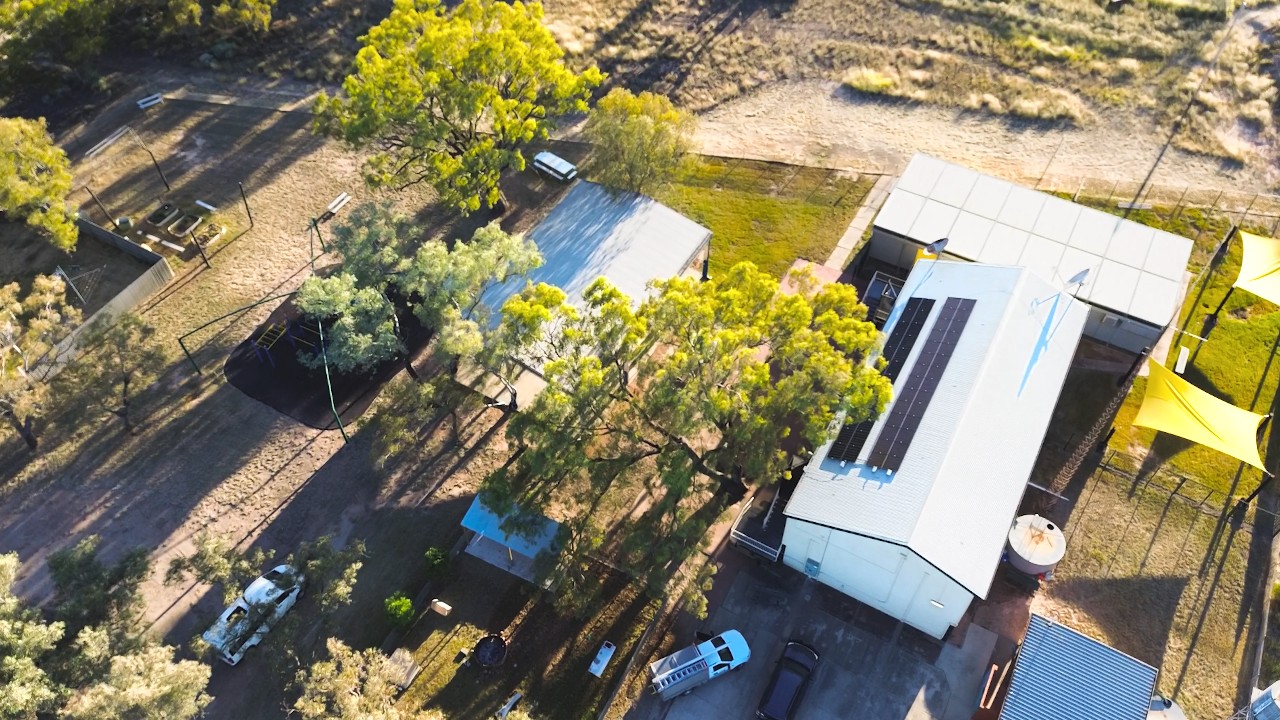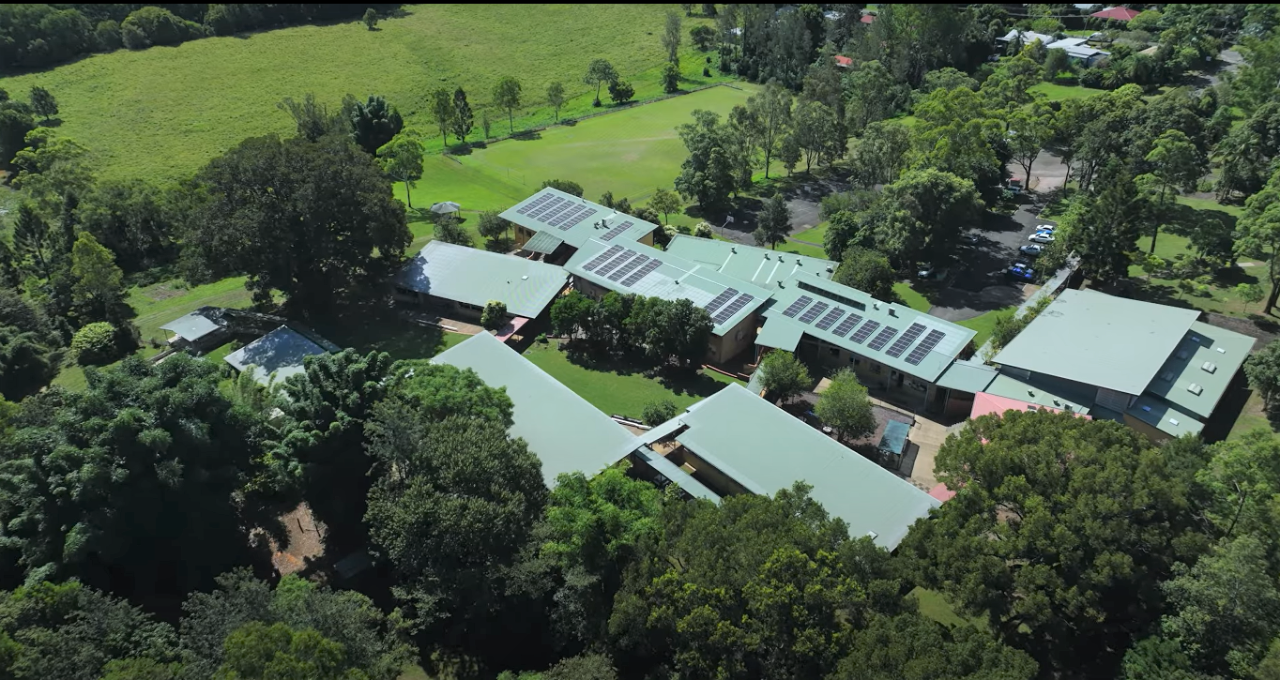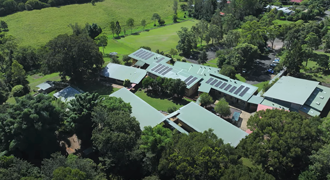Testing renewable energy
The Smart Energy Schools Pilot Project is testing new ways to produce, store and share clean, renewable energy in NSW public schools.
Around 1,500 NSW public schools across the state have already installed 17 megawatts of solar energy systems. These systems are capable of generating enough energy to power 3,000 NSW homes, saving almost 17,000 tonnes of carbon emissions each year.
But energy systems are rapidly transforming. Technology is changing and electricity customers can participate in new energy markets by generating, storing and selling electricity back to the electricity grid.
The Smart Energy Schools Pilot Project will test the most efficient and effective way for schools to take part in this exciting transition.
We finished an Expression of Interest (EOI) process for proposals to fund, install, and run renewable energy at NSW public schools.
The Smart Energy Schools Pilot Project is testing new ways to produce, store and share clean, renewable energy in NSW public schools.
The NSW Government program is the largest of its kind in Australia with around 7,488 solar panels and 4,605 kilowatt hours of battery energy storage capacity being installed at 79 public schools.
Schools will also take part in a Virtual Power Plant (VPP). A VPP uses smart software to manage the charging and discharging of batteries across multiple sites effectively acting like one large power plant.
Our pilot project will be rolled out in two stages, with schools receiving new or extra solar photovoltaic (PV) and battery energy storage systems.
The first stage of the project is now testing whether solar and battery energy storage systems can help reduce demand on the electricity system associated with air conditioning.
It’s testing whether solar and battery storage can be used to avoid costly upgrades to the electricity grid.
The second stage of the pilot project is testing the use of solar and battery storage systems as part of a Virtual Power Plant (VPP).
Work to install the solar and battery systems has already started and is expected to be complete later this year.
The VPP will include a number of schools from Stage 1 and 2 and will also begin later this year.
An online portal will show how much energy is used, generated and stored at schools and can be used by teachers and students in classroom lessons in science, technology, engineering and mathematics (STEM).

An additional 18 NSW public schools will receive solar and battery energy storage systems and join the Virtual Power Plant trial as part of the Smart Energy Schools Pilot project.

Weilmoringle Public School has joined the Smart Energy Schools Pilot Program to help test the use of off grid renewable energy solutions in isolated schools.

Solar and battery energy storage systems and air conditioning units with smart controls have now been installed at 24 schools taking part in the first stage of the Smart Energy Schools Pilot project.

Learn more about the Smart Energy Pilot Project running at schools in Nimbin Central School and Weilmoringle PS.
Battery energy storage
Battery energy technology works by storing electricity on site so that it can be discharged for use at a later time.
Virtual Power Plant (VPP)
Virtual power plant technology uses smart software to manage the charging and discharging of batteries across multiple sites to support the electricity network – effectively acting like one larger power plant.
Behind the meter
'Behind the meter' assets are located on or inside the customer's house or business. Behind the meter technologies are often called distributed energy resources (DER).
Front of the meter
'Front of the meter' technology is connected to either the electricity transmission or distribution network.
Participating schools
FAQs